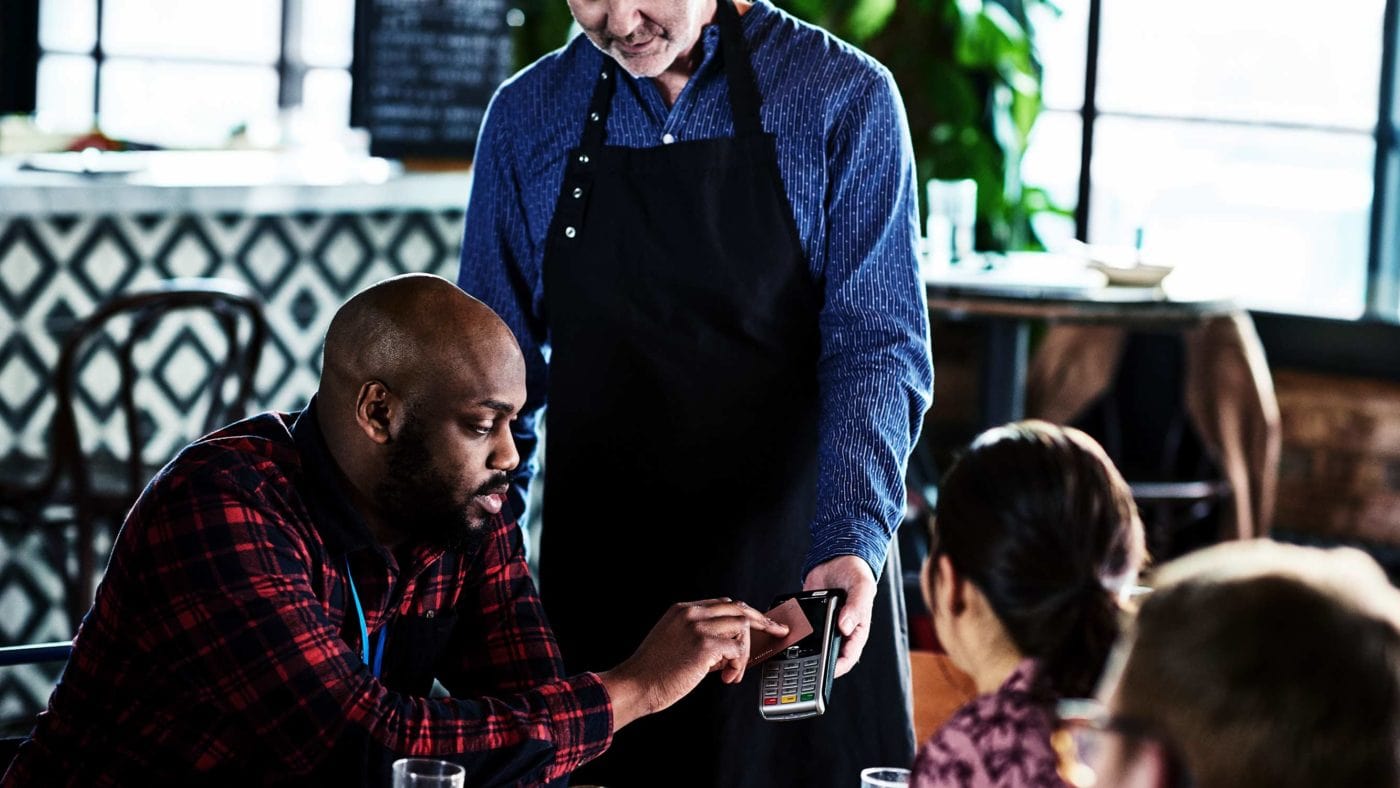Just how ‘optional’ is the 12.5% service charge added to your restaurant bill?
I face this question all the time when eating out in London – not only is the “optional” 12.5% automatically added to the bill, but sometimes I’m even prompted to add a tip ‘for the staff’ on top. I could kick up a fuss and try to get it removed, but doing so would involve a very awkward conversation with the manager. So I tend to do what any self-respecting Brit would do…pay up and then moan about it to my partner afterwards.
While this is purely anecdotal, my sense is that in recent years there has been a pronounced increase in the number of restaurants adding service charges directly, rather than leaving it to customers’ discretion. When I first moved to London six years ago I was told service was usually only added to the bill in the fancier restaurants or for large parties – now they seem to pop up almost anywhere you go.
It’s not just restaurants either. Some hotels in London have recently started charging a ‘discretionary’ 3-5% on top of room rates. There also seems to be no consensus on what percentage is appropriate – 12.5% seems to be the norm, but it could be as low as 10% or as high as 14% depending on the establishment.
But while such charges are always presented as ‘optional’ or ‘discretionary’, in many cases they are not an added bonus, but a substantial portion of a waiter’s basic wage. Hill and Szrok, a London butcher and wine bar, tore into this practice in a vitriolic Instagram post after the first Covid lockdown.
‘The standard practice at most restaurants (including, until recently, ours) is to pay all staff on a base rate, usually nothing more than minimum wage, and then top this up with tips to get to something that people can actually survive on.’
It’s a system they describe, not unreasonably, as ‘at best unfair, and at worst, total bullshit’.
Things came to a head during the pandemic. When the furlough scheme was rolled out it only covered base salaries, with ‘optional’ service charges excluded, leaving many hospitality workers receiving as little as 33-50% of their normal pay, rather than the 80% everyone else was getting.
From the customer’s perspective, the main issue here is transparency. Granted, this is hardly unique to the UK. If you’ve ever travelled to the US you’ll be familiar with the concept of ‘pre-tax & tip’ pricing, where sticker prices exclude both taxes and service. The aim here is obvious enough, if rather disingenuous – to coax people into an establishment with prices that look much lower than they end up being.
Generally that is less of an issue here in the UK, where strong consumer protection laws mean businesses have to display all-inclusive pricing. Except, that is, in restaurants. Because service charges are technically optional, restaurants don’t have to display all-inclusive pricing and can simply add 12.5% at the end of your meal – even if it’s quite clear that they are not ‘optional’, but a core part of the industry’s business model. And because these are almost always ‘opt out’ rather than ‘opt in’, the average Brit’s deeply held aversion to awkwardness means most people just pay up (then, like me, moan about it afterwards).
Rather than pulling the wool over customers’ eyes, restaurants ought to show truly all-inclusive pricing. Things do look to be improving here, at least in London, with several restaurants now getting rid of extra charges and raising menu prices to reflect the cost of service. This is laudable and should become the norm, rather than the exception. Alternatively restaurants could return to the old system where customers tipped at their own discretion for what they felt the service was worth – but does anyone really want to recreate US tipping culture in the UK?
You could argue that the current pricing model is transparent enough, in that restaurants always list the percentage charge at the bottom of the menu (and a customer can theoretically choose not to pay). However, I suspect the vast majority of people latch on to the headline price without mentally adding another eighth to their bill. Indeed, the fact restaurants display prices the way they do is precisely because most people hate doing mental maths.
None of this is intended as a slight on what is an extremely tough industry – front of house and kitchen staff work incredibly long, demanding hours, while managers operate on notoriously thin margins. But I can’t help think that the offer to customers would be a lot more appetising if we did away with the fiction of ‘optional’ service charges.
More restaurants should follow the example of Hill and Szrok and incorporate their costs into the price of every item on the menu. It’s a more transparent way of doing business – and hopefully should lead to fewer raised eyebrows when the bill comes around.
Click here to subscribe to our daily briefing – the best pieces from CapX and across the web.
CapX depends on the generosity of its readers. If you value what we do, please consider making a donation.


